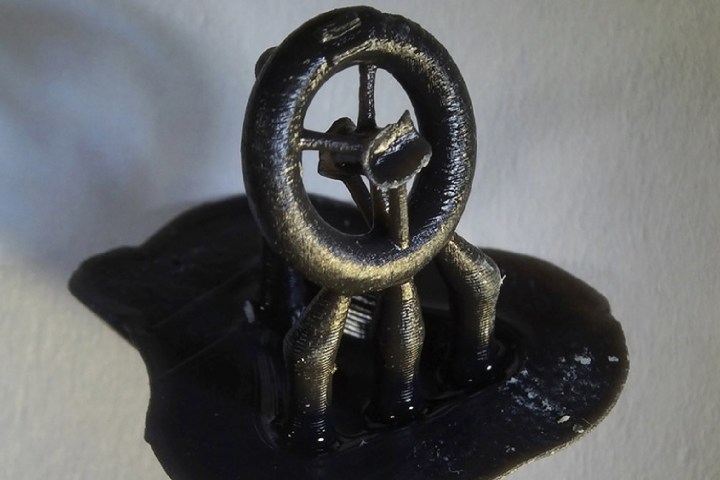
“Conductive hearing loss occurs when the continuous chain of three tiny middle ear bones — the ossicles — is disrupted, by trauma, disease, or infection,” Dr. Jeffrey Hirsch, assistant professor of radiology at the university, told Digital Trends. “If you think of the bones as three connected links of a chain, the middle link or the incus bone is most commonly affected. A well-established procedure called ossiculoplasty or ossicular reconstruction uses a prefabricated prosthesis that is felt to have suboptimal success rates. Our work involves fabrication of a custom-designed prosthesis that would be a snap-fit replacement to restore the missing middle link of the chain. The hope is that a better fit will improve the success rate of surgery to restore conductive hearing loss.”
As Hirsch notes, ossiculoplasty as a surgical procedure goes way back. There are reports of it having been practiced since 1901. However, current methods can restore hearing levels of less than 20 decibels in just half to three-quarters of cases. Several things might account for this less-than-perfect success rate, but the hope is that using 3D printing to create submillimeter-accurate custom prosthesis could greatly help.

In the team’s study, they used three cadaver middle ears, in which the middle link bone was removed. Using CT imaging of each middle ear section, they then designed and printed a custom prosthesis to bridge the gap created by the missing bone.
“We asked four different surgeons to match the custom-designed prosthesis to the parent native middle ear without any prior knowledge of which prosthesis goes in which native middle ear,” Hirsch said. “Each surgeon was able to correctly match the prosthesis to its native parent middle ear. The chances of that occurring randomly are one in 1,296. We felt this shows our methods to produce a 3D-printed prosthesis captured small, yet meaningful, variances in middle ear anatomy that were detectable by otologic surgeons.”
Next, the team hopes to investigate different biocompatible materials to see how well a 3D-printed prosthesis is able to conduct sound. It may be a while before this work hits prime time, but when it does, the results could be transformative. A paper describing the work was published in the journal 3D Printing in Medicine.
Editors' Recommendations
- Nvidia turns simple text prompts into game-ready 3D models
- AMD is bringing 3D V-Cache back to Ryzen 7000 — but there’s a twist
- AMD’s revolutionary 3D V-Cache chip could launch very soon
- Fighting football injuries with 3D-printed, hyper-personalized pads
- AMD’s 3D-stacked Ryzen 7 5800X3D is ‘world’s fastest gaming processor’


